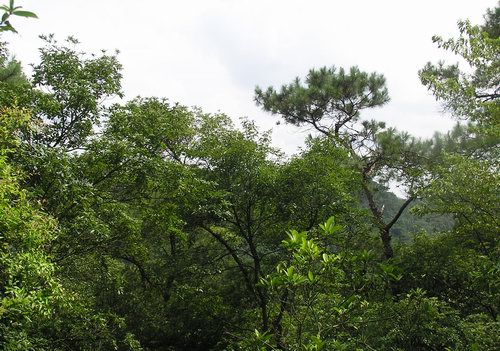In 2010, Dr. LU Xiankai, Prof. MO Jiangming and his colleagues from SCBG(South China Botanical Garden, CAS ) found that elevated N deposition may decrease plant diversity of “N-rich” forests (see Lu et al., Global Change Biology, 2010, 16: 2688–2700). On the base of this finding, their further study in Dinghushan Biosphere Reserve for six years showed that responses of plant diversity in reforested forests varied with different land-use history. This is the first report on the interactive effects between N deposition and land-use practice on plant diversity in tropical areas.
These results suggest that land-use history plays an important role on determining the response of forest plant diversity to N deposition. It also has great significance for valuing changes of forest biodiversity under the background of intensive human activity and elevated atmospheric N deposition in the future.
This work has been published online in Environmental Pollution (2010, doi:10.1016/j.envpol.2010.10.037), an leading international journal in the field.

Reforested forest in low subtropics: coniferous and broad-leaved mixed forest

Reforested forest in low subtropics: coniferous forest
 envpol.pdf
envpol.pdf
Source:http://english.scib.cas.cn/au/bi/